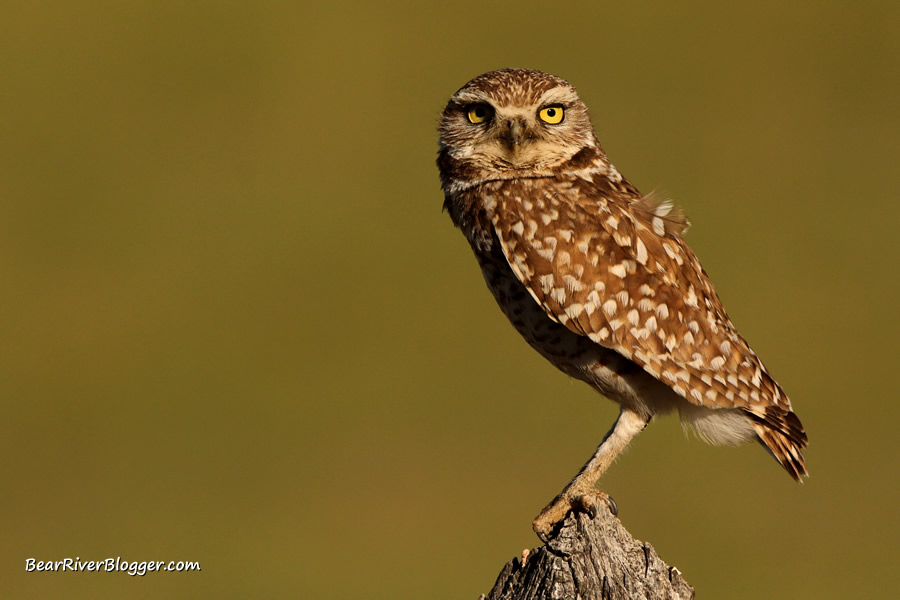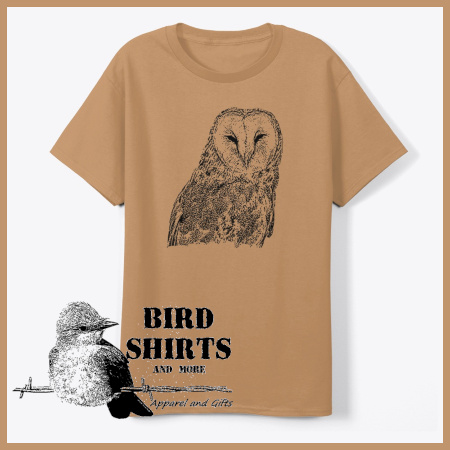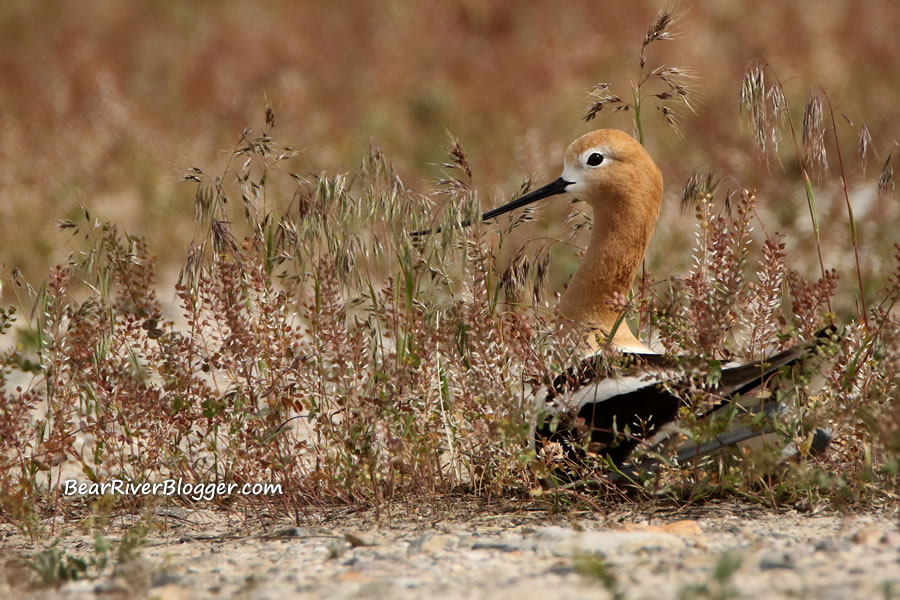So what would you say if I told you my old Canon Rebel is the camera I use the most out of my arsenal of Canon DSLR cameras? It might sound hard to believe but yes, that is actually a true statement.
And with regards to Canon DSLR cameras I currently own, I have a 7Dmkii, 70D, and an old Rebel T4i at my disposal.
But, believe it or not, out of all of these cameras sitting here on my desk, it is the Rebel that gets taken out the most, at least as of late, that is.
As a matter of fact, I went out again tonight with my old Canon Rebel to photograph owls on Promontory Mountain just to prove my point with some spur-of-the-moment images solely for this blog post.
So why do I still use my Canon Rebel when I have a couple “superior” cameras just sitting here next to me on the desk?
Well, to be honest, the only reason is because I can. I never let the camera itself be my limiting factor, so I don’t worry about what camera I have or don’t have.
I just go photograph with whatever camera is in the bag for the day, and lately, that has been the Canon Rebel I have had for many years.
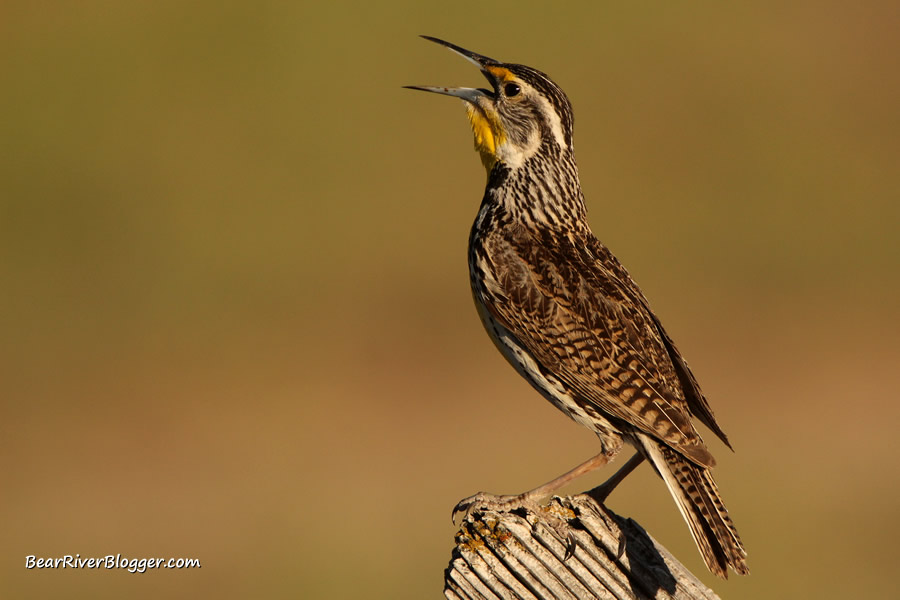
Ok, there is a second reason, the real reason, in fact, why I have been photographing a lot lately with my Canon T4i, and that is to prove you don’t need to spend top dollar to get a good DSLR camera for bird photography.
You just don’t, and I can prove it.
Don’t get me wrong, however. I have nothing against top-of-the-line cameras. They for sure make the job of photographing birds much easier, but more expensive cameras don’t take great photographs.
Only the photographer can take a great photograph, not the camera.
I know that sounds very philosophical but it’s true. A camera is only a tool, a simple device geared to capture light, but it is the person holding the camera that controls what light the camera records.
Simply put, the Canon Rebel is the best beginner camera for bird photography because it is simple to use and it does indeed take great bird photographs. All the pictures on this blog post were taken today with my Canon Rebel T4i and a Tamron 150-600mm lens.
Take a look at the images I came home with tonight and tell me I am wrong.
If you can’t take a good image with a cheap camera, you most likely won’t be able to take any better of an image with an expensive camera.
In fact, the higher-end cameras are actually a bit harder to use because they have a lot more functions and settings that can and need to be utilized to achieve a good photo, whereas the Canon Rebel is simple but very effective, in the right hands, that is.
The right hands is someone with a basic understanding of light and composition as well as a good understanding of how to use the camera and its functions.

When I Googled this topic, I was a bit disappointed in what I found. Most of the websites I came across were obviously just trying to sell cameras and gear.
They showed plenty of pictures of the camera but not one picture from the camera. Just rehashing the same old technical garbage and not showing actual results is a complete waste of time in my book.
So that is why I decided to go out tonight and take a few bird pictures and show you firsthand what an old Canon Rebel can do.
I won’t be getting into any specs or technical data here because, honestly, I don’t care about that stuff very much. I care about composition and light. That is what makes an image great, understanding the basic fundamentals of photography.
Simply put, I have never seen a camera take a great picture. Conversely, I have never seen a camera take a bad picture either. It’s the person pushing the shutter button that should get all the accolades or condemnation, not the camera.
A camera is only a tool, a device that does what we tell it to do. That is all. Nothing more, nothing less.
Now before anyone gets upset with me for not following the mainstream photography crowd in promoting high-end cameras, let me say I do prefer my 7Dmkii over my Rebel for bird photography because it does indeed make the job a lot easier.
But, honestly, at the end of the day, I can still take a good bird photo with my Rebel, and that is why I can take a good photo with my 7Dmkii.
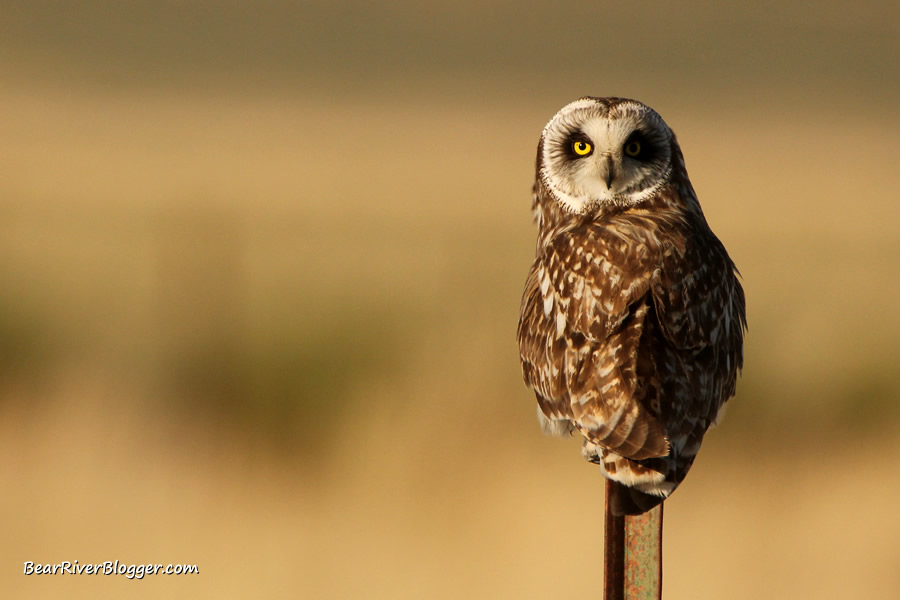
I understand the basics of light and composition, and that is where I urge you to put your time and effort before worrying about what camera you have or don’t have.
You can always upgrade, and someday you should. But don’t put the cart before the horse and think going out and getting a higher-priced camera is going to suddenly bring home better bird pictures.
It won’t, plain and simple. At least until you follow the basics of photography regarding light and composition, that is.
So I know what you are thinking by now, “if it’s not the camera, then just how do I take a better bird photo with a “lesser” camera?”
Well, I recently wrote a blog post on the matter so I urge you to check it out, but in a nutshell, increase your shutter speed and opening your aperture are the two main things you can do to help take better bird photographs.
As mentioned in a previous blog post, the best shutter speed for bird photography is 1/2000th of a second, or even faster if you have enough light for the camera to run that fast.
The best camera mode for bird photography is the aperture mode, as it allows you to not only help blur the background but boost up the shutter speed at the same time.
But go check out the recent blog post on photographing pelicans in flight as it goes into a bit more detail than I will post here.
One last thing I will mention is the lens I use for bird photography. I photo with the Tamron 150-600mm lens with all three of my Canon cameras and have been very happy overall with how it has worked.
From my own personal experience, I think for the money, the Tamron 150-600mm lens is the best lens for bird photography for someone on a budget.
All of the images on this blog post were taken tonight with the Tamron 150-600mm, and most of the bird images on this website were taken with the same lens with one of my three Canon cameras.
So there you have it. An honest opinion from someone that actually uses the stuff he blogs about instead of a large, non-descript website rehashing the same ol’ technical data in hopes of just making a sale.
I like my old Canon Rebel and I love using it for bird photography because it does take great bird photographs because I tell it to.
It also baffles a lot of people when I tell them I use a Canon Rebel T4i for bird photography, especially when I mention my 7Dmkii is sitting home alone.
And as for the Tamron 150-600mm lens I mentioned before, here is an Amazon link for the “technical data” and a bit more info about it if you are interested in learning more about the lens.
(The Tamron 150-600mm lens is the lens we use to photograph birds and other forms of wildlife. As an Amazon Associate, I earn from qualifying purchases.)
I actually do use it almost daily, and when this one wears out, I plan on getting another one.
So next time you see one of those large, impersonal corporate websites throwing all kinds of specs and data at you with no real images to back it up, just keep this blog post in mind and remember it’s not the camera but the photographer that takes a great photo.
Don’t forget to subscribe to my blog if you are into bird photography like I am. It’s what I love to do and what I love to teach others to do as well.
Hopefully, this post helps and I hope you are getting out there watching and photographing birds like I am.

